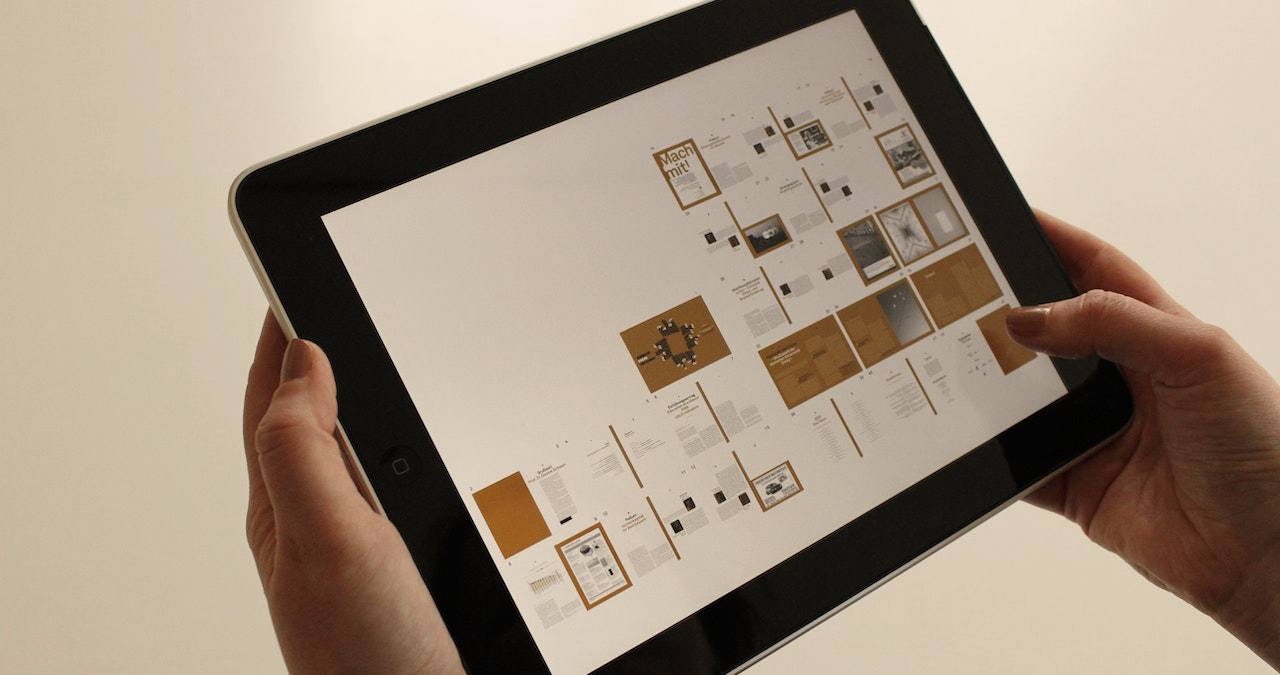Why do I need a connected product? It is usual for doubts to arise at the idea of investing in these projects as if the client values it or if it positions my product. We answer these questions by quoting Satya Nadella, CEO of Microsoft: “all companies, whether they want to or not, have become software companies.” That is, all products are capable of being improved through software.
Table of Contents
Why Should I Digitize My Product
If a physical product is not digital, it is not finished. Users will use a product with a digital component differently from one that does not. To explain it better, we started with a Michelin experience in 2016. Why does someone buy wheels? Because you want to get around with your car. Then we will give the customer what he wants: we give you the reels, and you pay me a penny for each kilometer traveled.
In this way, Michelin responded accurately to market demand and offered something disruptive that allowed them to transform their business model. This is where technology comes into play: it is necessary to incorporate into this wheel the technology required to measure the kilometers to integrate the information on the kilometers traveled with the automatic billing systems.
The Digital Evolution Of A Product
The digitization of assets does not understand sectors. Experience tells us that all kinds of products can be connected if they do not become obsolete. Seeing data is excellent, but if we want a real return on investment, we need a connected product. For a non-connected product, for example, a backpack, the maintenance costs are high. If it breaks, we have to buy another one, and we can lose something. In addition, the user is the incident manager.
Another type of product is the connectable one, you connect it to the Wi-Fi, and you can see the data on its operation. You can click on demand, but the activity is still reactive. When the products are always connected, the activity becomes proactive. We no longer have to wait to see the problem, but we can try to understand if it will occur, providing excellent control and improvement in diagnosis and maintenance.
But we don’t stop there, we can also provide the product with an intellectual capacity. This means that my activity is no longer proactive but predictive. We “teach” the product to anticipate the problem. To understand it, we use business intelligence, an intelligent product integrated with internal processes and the value chain. In other words, we have data management in real-time, and we will have a predictive model where the data is unified and external factors such as time are taken into account.
And the last step would be the digital leadership of the product. In addition to all of the above, it can automate its response to specific events, makes a prediction based on Artificial Intelligence, and is equipped with automatic learning systems.This will give us advantages in product design, we will base ourselves on historical data, and we can generate digital twins, reduce costs, improve maintenance, take predictive actions, and have real-time clustering.
What Do I Have To Do To Have A Connected Product
Putting a SIM card to send data is not having a connected product. A related development is a complex conjunction of usage, technology, and business processes. To understand it and parameterize this conjunction, the technology has to be adapted to these processes, putting people at the center: those who manufacture, interact and sell that connected product. Only in this way can we build the necessary information flows.
We have found many companies that carry out related product projects and already have the data. However, given the situation of applying it to 1,000 monthly units, for example, they tell us that the devices must be manually registered. In this case, the technology is not adapted to the business process.
If we want our products to reach digital leadership, they must be connected. To do this, problems will be found, and they will have to do it in stages, with periods of adaptation for the user and validating the business processes in each phase.
Also Read: Basics Of Project Management And What Is A PMO Project Management Office
